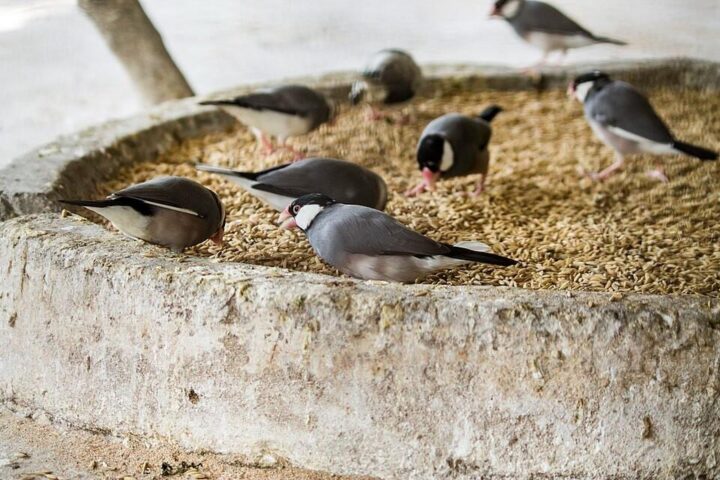Mire or Peatland is a wetland area dominated by living peat-forming plants. Peatlands arise because of incomplete decomposition of organic matter, usually litter from vegetation, due to water-logging and deprived oxygen. All types of mires share the common characteristic of being saturated with water at least seasonally with actively forming peat, while having their own ecosystem.
The world’s largest Peatland was discovered in 2017 beneath the forests of the Congo Basin. Peatlands are a type of wetland which occur in almost every country and are known to cover at least 3% of global land surface.
Mires are important for preventing and mitigating the effects of climate change, preserving biodiversity, minimising flood risks and ensuring safe drinking water. They are the largest natural terrestrial carbon stores.
Peatlands store more carbon than all other vegetation types in the world combined. Whereas damaged peatlands are a major source of greenhouse gas emissions, responsible for almost 5% of global anthropogenic CO2 emissions. Their restoration can reduce emissions significantly.
The variety of mires and peatlands on the world’s second largest continent,Africa, are an expression of its diverse landscapes and associated climatic conditions. Local communities often depend on these peatlands (as with most other wetland types) for their livelihoods. However, these peatlands are often poorly managed and mostly severely degraded and in developing areas frequently threatened by future developments.
India occupies roughly 320-1,000 square kilometers of peatlands. Ritesh Kumar, director at Wetlands International South Asia, said, “In India, peatlands have been recorded in Kerala, Arunachal Pradesh, Himachal Pradesh, and north Sikkim. Some parts of the Western Ghats have peat too. A lot of our deltas and mangroves have the propensity to develop into peat.”
According to Nuutinen, the FAO soil organic carbon map showed low levels of top soil in India. It should be remembered that peatland drainage can deplete the organic layer relatively rapidly.
According to the report by the Food and Agriculture Organization (FAO) of the United Nations, peatlands which play a crucial role in regulating global climate by acting as carbon sinks, are facing degeneration and need to be urgently monitored.
Peatland still await their due inclusion in the list of protected areas for conservation and restoration. Internationally many have recognised peatlands as the terrestrial carbon sinks of the world but still haven’t been considered on paper as critically essential for the planet.


















